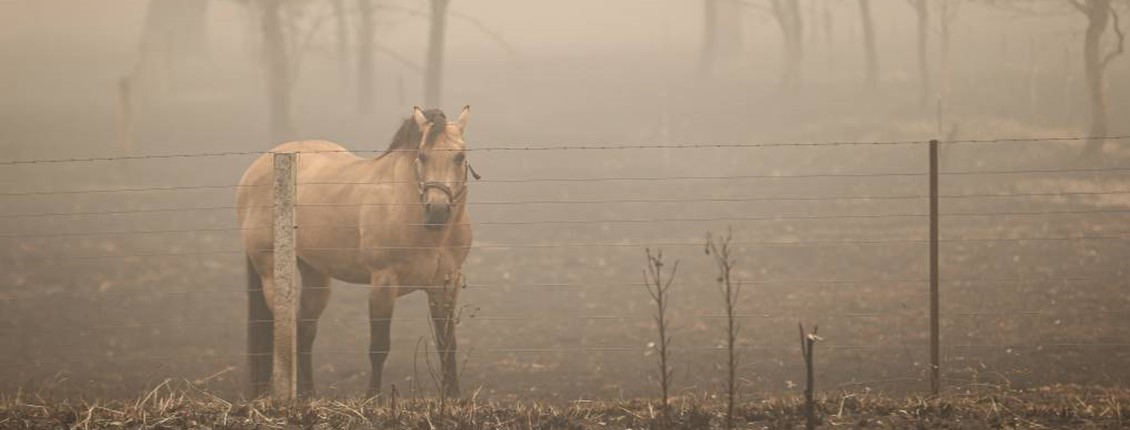
AIS Advises Athletes to Be Alert to Smoke Haze
Australian Institute of Sport (AIS) Chief Medical Officer Dr David Hughes has cautioned athletes to be vigilant regarding air pollution levels in bushfire-affected regions, and to adjust their training plans accordingly.
The AIS has released best practice guidelines on Smoke Pollution and Exercise, identifying that current public health advice is predominantly aimed at high-risk groups, including people over 65, children 14 years and younger, pregnant women and those with existing heart or lung conditions.
With smoke haze from bushfires across some states and territories causing unprecedented conditions and expected to continue, the AIS developed the helpful tool to provide guidance and leadership specifically for the Australian high performance sport system.
Dr Hughes said athletes involved in high performance sport can also be at increased risk, indicating a need for information to be made available specific to endurance based and high-intensity exercise.
“We developed these guidelines to assist coaches, support staff and athletes to better understand how bushfire smoke can affect air quality, and to allow for a more informed decision-making process when determining if it is safe to train,” said Dr Hughes.
“The impact of bushfire smoke can vary significantly based on an individual’s current health and previous medical conditions as well as the current air pollution levels, so we understand that it is not a one size fits all approach but hopefully this will be a helpful resource for sports and individuals.
“The AIS is committed to ensuring our athletes and sports have access to best practice information and that consideration is given to athlete health and wellbeing when making decisions regarding training.”
The AIS modified the current NSW public health guidelines to assist athletes who train outdoors at high exercise intensities and for longer durations, such as cycling, rowing and running.
The guidelines provide recommendations based on the current air quality index (AQI), with suggested modifications to training schedules based on the severity of air pollution.
For healthy individuals, the AIS recommends that if the AQI reading is above 150, outdoor training should be rescheduled indoors and exposure minimised as much as possible. Asthmatics should not compete or train outdoors if the AQI is between 100 and 149.
Table 1: Air Quality Index and suggested risk stratification, adapted from NSW Public Health Unit.
|
General population and low intensity exercise |
Endurance based and high intensity exercise | ||
|---|---|---|---|
|
AQI |
Action |
AQI |
Action |
|
VERY GOOD |
Enjoy activities |
VERY GOOD |
Enjoy activities |
|
GOOD |
Enjoy activities |
GOOD |
Enjoy activities |
|
FAIR |
People unusually sensitive to air pollution: |
FAIR |
Asthmatic athletes: |
|
POOR |
AIR POLLUTION HEALTH ALERT |
VERY POOR |
AIR POLLUTION HEALTH ALERT |
|
VERY POOR |
AIR POLLUTION HEALTH ALERT |
HAZARDOUS |
AIR POLLUTION HEALTH ALERT |
|
HAZARDOUS |
AIR POLLUTION HEALTH ALERT |
||
Supplied by AIS









